All tutors are classroom teachers with UK QTS or international equivalent
All tutors have enhanced DBS or equivalent checks
Book a free 20 minute consultation with any of our tutors
Billing will commence once you book a tutor to deliver a tuition session
Tutor rates start at £70 per hour. Find out more about our rates.
Meet our Dyslexia Tutors
Our Dyslexia tutors are all qualified teachers with additional experience and qualifications in supporting children with Dyslexia. We believe one to one support can make a huge difference to a child’s education. We also offer Dyslexia Assessments by a qualified assessor, Frankie. Our tutors can provide support across a range of school entrance, GCSE and A-level subjects. Below, you will find a list of our tutors and further information. We also provide an in house Dyslexia Assessor for rapid assessments. Refine your results by using the search box above, or view all Dyslexia tutors below:
Jacqueline - Contact us for availability
7 Plus, 8 Plus, 11 Plus, 13 Plus, Other School Entrance, English, French, Mandarin, Maths & Spanish
Jacqueline studied at Oxford University, graduating with a 2 1 After a career in marketing, she decided to pursue a career in teaching...
Online tuition
Spanish (2002)
School entrance experience
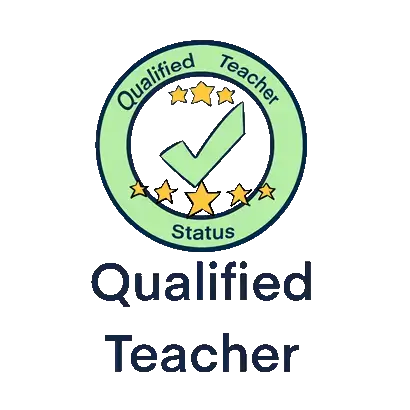
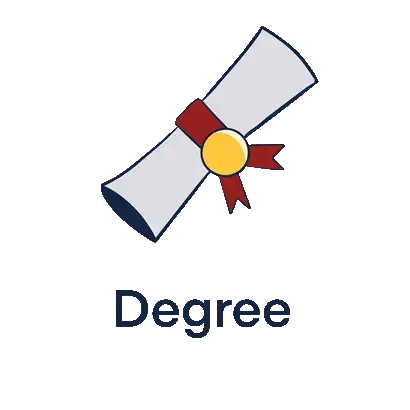
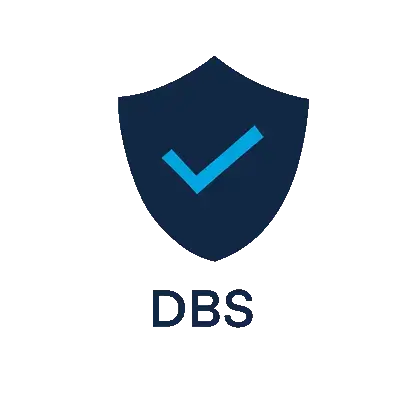


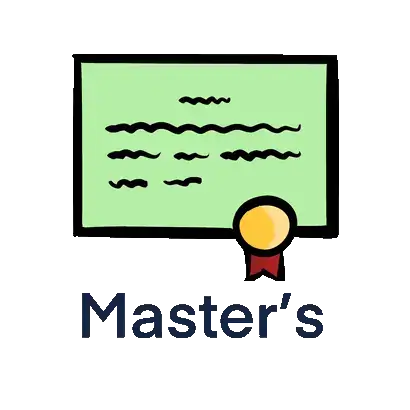

Rémy - Check availability
7 Plus, 8 Plus, 11 Plus, 13 Plus, Other School Entrance & English
R my is an outstanding, full-time tutor and role-model who has a proven track record of success with admissions to top London schools...
Online tuition
Primary education (2013)
School entrance experience



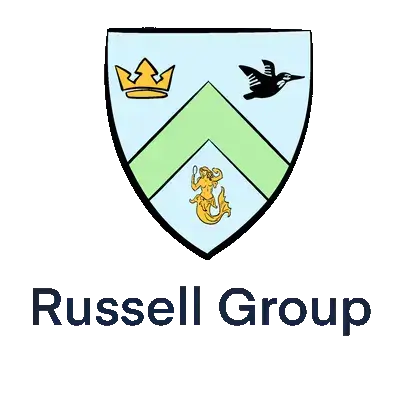
Josephine - Contact us for availability
11 Plus, 13 Plus, Other School Entrance & English
Josephine is one of our most experienced tutors, having taught and tutored English for the past 20 years, 14 of which were spent...
English (2010)
School entrance experience






Free Exam Papers
Dyslexia
Intro
Children can display signs of dyslexia from an early age – as young as 3 – but it is usually not formally identified until the age of 6 and older. There are often times when students are diagnosed during their A-levels or while attending University. Early identification is crucial as, without the appropriate support from an early age, the impact of dyslexia on a person’s life can be extensive. There can be a few reasons why dyslexia can be missed or not diagnosed;
- Funding
- Denial (from either school or parents)
- The ‘waiting to see what happens’ game
- Their dyslexia is not ‘severe’ enough to be causing a huge problem – yet!
There are still negative connotations surrounding dyslexia as there is still very little understanding in the ‘outside’ community. Dyslexia does not impair intelligence; it is simply just a learning difficulty – it makes learning difficult until we change the way we teach. People with dyslexia just have a brain that process language in a different way. In schools, pupils are taught using structured phonics, which is a good start for those with dyslexia – but also a great way of identifying dyslexia. However, many teachers are still not trained to identify dyslexia in the classroom and when it is spotted, funding for the assessment can often be an issue.
Key Features
I think my child is Dyslexic If you think you have a Dyslexic child the first thing is to know that there is nothing to be concerned about. There is nothing ‘wrong’ with your child. The sooner your child is diagnosed, the better. Ignoring it can have catastrophic effects on their academic, mental and emotional development. There are over 37 common Dyslexic traits so be sure to use a reliable medical journal (NHS in the UK) or a Dyslexia specialist website (see below) and then do the following:
- First, write a list of your concerns and the reasons why you feel your child may have dyslexia.
- Speak to your child’s class teacher and school SENCo about your concerns. It may be recommended that an assessment is appropriate and the SENCo can arrange this.
- Discuss the assessment report with your child’s teacher and SENCo and set in place an action plan.
- Ensure this action plan is reviewed as well as your child’s progress.
In a worst-case scenario that the school refuse to assess, you can go to your GP for an order referral or you can pay for it privately.
What can help?
How you can help at home Dyslexia does not have to be a barrier to achievement. By doing the following can not only help your child but also solidify a positive relationship with them:
- Reading to your child.
- Discuss what you have just read – not like a test, just a conversation between you both.
- Discuss the pictures and what might happen next
- Ask your child to re-tell the story in their own words.
- Supported reading – this approach encourages the child to read to the adult and can gauge whether the child is able to read most of a book (nine out of every ten words). Encourage this by allowing a child time to work out the words on their own (about five seconds, but longer if you know they need it).
- Helping with accuracy – encourage your child to guess the word by ‘sounding out’ the letters in a word.
- Over learning – it is actually good to read a child’s favourite book over and over again. This helps to build familiarity and if a child has a poor short-term memory (as they often do with Dyslexia) it reinforces their understanding of the story.
- Silent Reading – children need the opportunity to read alone. Young children need time to browse and more skilful readers need independence and time to develop fluency. Encourage discussion about books – not only what the story was about, but also whether it was a good read.
- Reading for Fun – remember reading should be a pleasure. Enjoy your time-sharing books as your child will pick up on this. Do not worry about the reading level, if they are enjoying the story just embrace it!
Final Thoughts
Having Dyslexia does not hinder your child’s potential. They can still go to University, have a prosperous career and happy life!
Further Reading
The British Dyslexia Association – A great resource for in-depth information and advice



